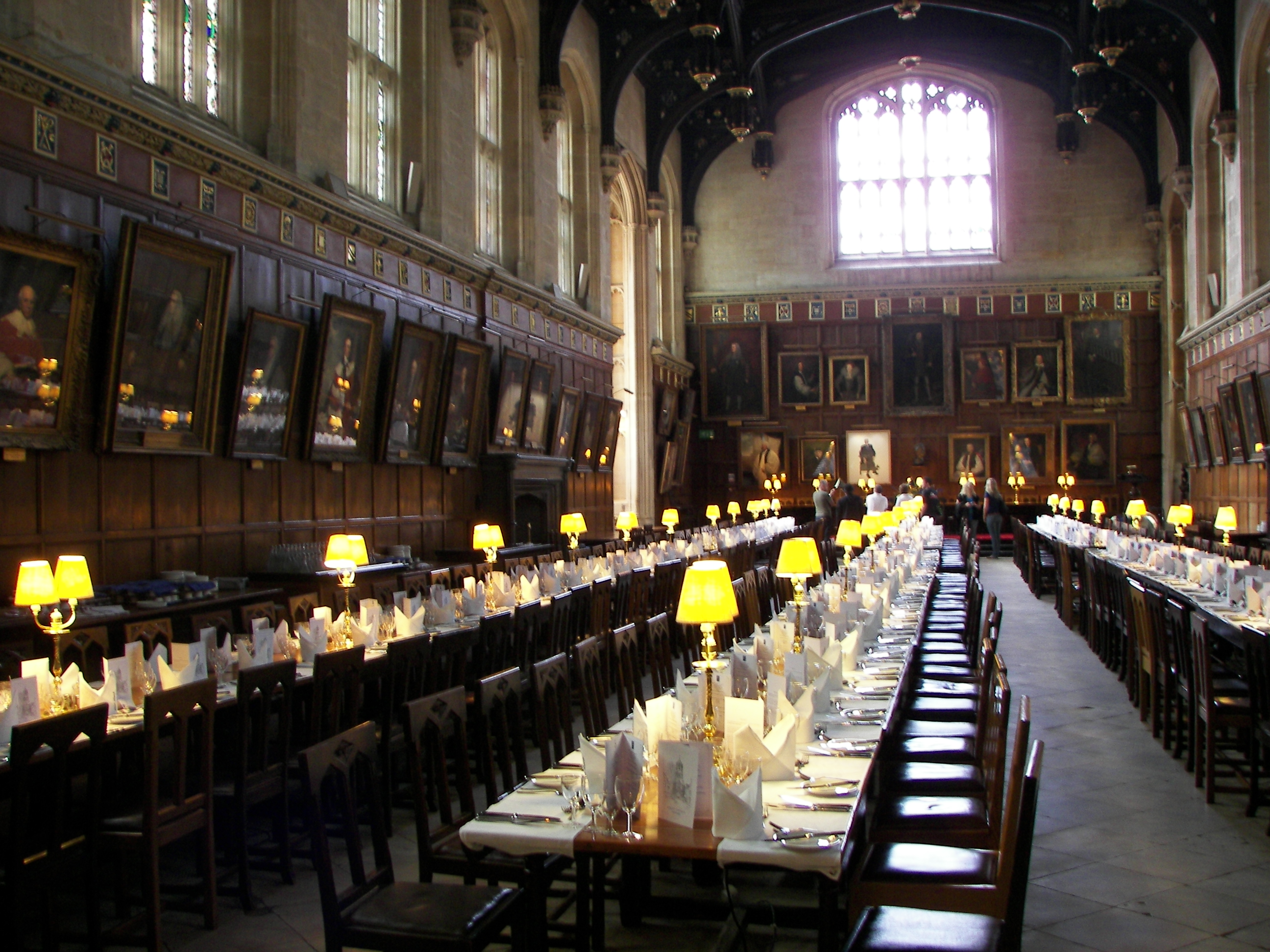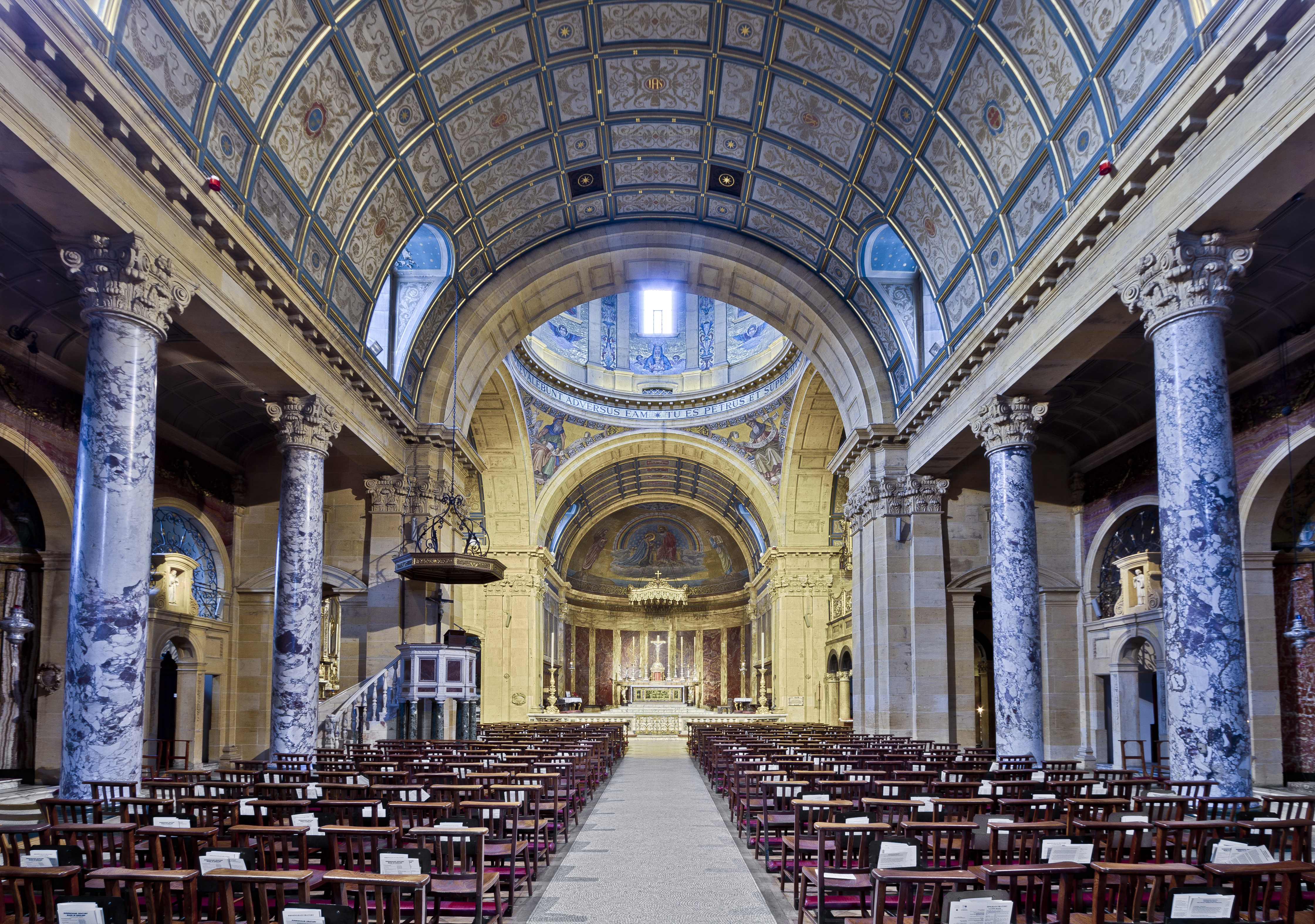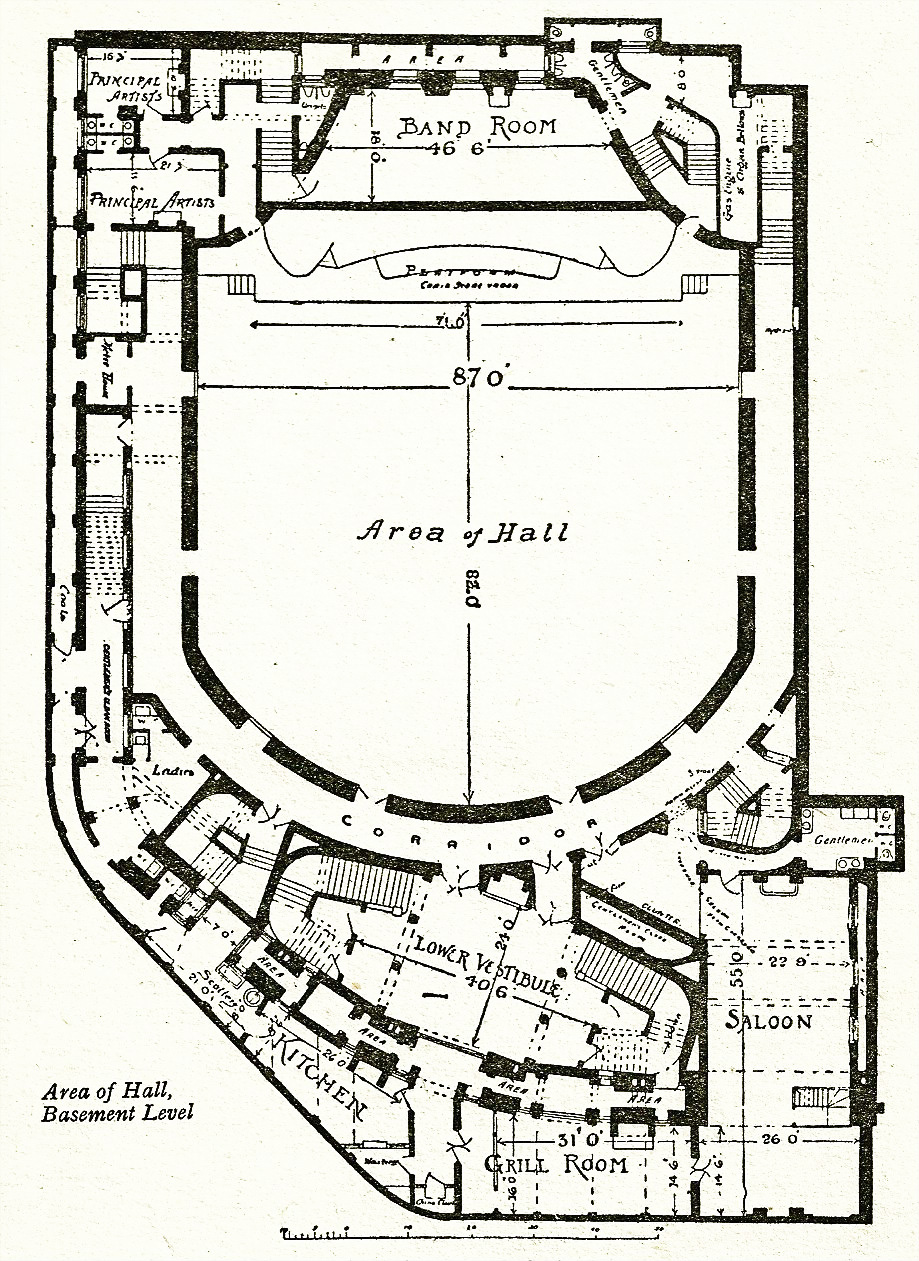|
Marie Hall
Marie Pauline Hall (8 April 1884 – 11 November 1956) was an English violinist. Biography Hall was born in Newcastle upon Tyne, England. She received her first lessons from her father, who was a harpist in the orchestra of the Carl Rosa Opera Company. She also studied with a local teacher, Hildegarde Werner. Hall's family moved around the country with her father and spent some years in Guarlford, a small village near Malvern. When she was nine, Émile Sauret heard her play, and she gained one of the recently instituted Wessely Exhibitions at the Royal Academy of Music, London: but owing to her father's lack of means she did not take it up. She continued to study under several well known teachers, including a year with Edward Elgar in 1894 aged 10, August Wilhelmj in London in 1896, and in Birmingham in 1898. The story goes that a clergyman found her in a half-starved condition playing for coppers in the streets of Bristol, took her to London and with the assistance o ... [...More Info...] [...Related Items...] OR: [Wikipedia] [Google] [Baidu] |
The Etude
''The Etude'' was an American print magazine dedicated to music founded by Theodore Presser (1848–1925) at Lynchburg, Virginia, and first published in October 1883. Presser, who had also founded the Music Teachers National Association, moved his publishing headquarters to Philadelphia, Pennsylvania in 1884, and his Theodore Presser Company continued the magazine until 1957. Aimed at all musicians, from the novice through the serious student to the professional, ''The Etude'' printed articles about both basic (or "popular") and more-involved musical subjects (including history, literature, gossip, and politics), contained write-in advice columns about musical pedagogy, and piano sheet music, of all performer ability levels, totaling over 10,000 works. Helen Tretbar edited the magazine in the late 1880s. James Francis Cooke, editor-in-chief from 1909 to 1949, added the phrase "Music Exalts Life!" to the magazine's masthead, and ''The Etude'' became a platform for Cooke's somewha ... [...More Info...] [...Related Items...] OR: [Wikipedia] [Google] [Baidu] |
Viotti Stradivarius
The ''Viotti; ex-Bruce Stradivarius'' of 1709 is an antique violin constructed by luthier Antonio Stradivari of Cremona (1644–1737). It is one of only 700 known extant Stradivarius, Stradivari instruments. The violin receives its name from its first known owner, violinist Giovanni Battista Viotti, who is said to have received it as a love token from Catherine the Great. Viotti is thought to have commissioned the construction of at least one replica of this violin. Subsequent owners include Mr. Menessier, 1824; Mr Brochant de Villiers; Mr Meunié, 1860; Jean-Baptiste Vuillaume; Pierre Silvestre, on behalf of William E. Hill & Sons, 1897; Baron Knoop, 1897; Mr R. C. Baker, 1905; Lewis Bruce; and J. F. L. Bruce, after whom it is also named. The ''Viotti; ex-Bruce Stradivarius'', considered in very good condition, and free of the wear and repairs evinced by many other instruments of the period, was last purchased by the Royal Academy of Music, for Pound sterling, GB£3.5 million in ... [...More Info...] [...Related Items...] OR: [Wikipedia] [Google] [Baidu] |
Adrian Boult
Sir Adrian Cedric Boult, CH (; 8 April 1889 – 22 February 1983) was an English conductor. Brought up in a prosperous mercantile family, he followed musical studies in England and at Leipzig, Germany, with early conducting work in London for the Royal Opera House and Sergei Diaghilev's ballet company. His first prominent post was conductor of the City of Birmingham Orchestra in 1924. When the British Broadcasting Corporation appointed him director of music in 1930, he established the BBC Symphony Orchestra and became its chief conductor. The orchestra set standards of excellence that were rivalled in Britain only by the London Philharmonic Orchestra (LPO), founded two years later. Forced to leave the BBC in 1950 on reaching retirement age, Boult took on the chief conductorship of the LPO. The orchestra had declined from its peak of the 1930s, but under his guidance its fortunes were revived. He retired as its chief conductor in 1957, and later accepted the post of pre ... [...More Info...] [...Related Items...] OR: [Wikipedia] [Google] [Baidu] |
British Symphony Orchestra
The British Symphony Orchestra (BSO or BrSO) is the name of a number of symphony orchestras, active in both concert halls and recording studios, which have existed at various times in Britain since c1905 until the present day. There were gaps of several years when the orchestra's name disappeared from the public view (see § Historical overview). The various orchestras were only active for about fifteen years between 1905 and 1939. The conductors of the orchestra's first incarnation from 1905 included William Sewell, Julian Clifford senior and Hamilton Harty. After WW1 Raymond Roze reformed the orchestra as a properly-constituted, full-time body of musicians. Roze died unexpectedly in 1920 and was succeeded as chief conductor by Adrian Boult, who gave numerous public concerts over several years. Other musicians conducting the orchestras at the time included Samuel Coleridge-Taylor, Franco Leoni, Ralph Vaughan Williams, and Edward Elgar. Members of the orchestra during this pe ... [...More Info...] [...Related Items...] OR: [Wikipedia] [Google] [Baidu] |
Queen's Hall
The Queen's Hall was a concert hall in Langham Place, London, opened in 1893. Designed by the architect Thomas Knightley, it had room for an audience of about 2,500 people. It became London's principal concert venue. From 1895 until 1941, it was the home of the promenade concerts ("The Proms") founded by Robert Newman together with Henry Wood. The hall had drab decor and cramped seating but superb acoustics. It became known as the "musical centre of the ritishEmpire", and several of the leading musicians and composers of the late 19th and early 20th centuries performed there, including Claude Debussy, Edward Elgar, Maurice Ravel and Richard Strauss. In the 1930s, the hall became the main London base of two new orchestras, the BBC Symphony Orchestra and the London Philharmonic Orchestra. These two ensembles raised the standards of orchestral playing in London to new heights, and the hall's resident orchestra, founded in 1893, was eclipsed and it disbanded in 1930. The new ... [...More Info...] [...Related Items...] OR: [Wikipedia] [Google] [Baidu] |
The Lark Ascending (Vaughan Williams)
''The Lark Ascending'' is a short, single-movement work by the English composer Ralph Vaughan Williams, inspired by the 1881 poem of the same name by the English writer George Meredith. It was originally for violin and piano, completed in 1914, but not performed until 1920. The composer reworked it for solo violin and orchestra after the First World War. This version, in which the work is chiefly known, was first performed in 1921. It is subtitled "A Romance", a term that Vaughan Williams favoured for contemplative slow music. The work has gained considerable popularity in Britain and elsewhere and has been much recorded between 1928 and the present day. Background Among the enthusiasms of the composer Ralph Vaughan Williams were poetry and the violin. He had trained as a violinist as a boy, and greatly preferred the violin to the piano, for which he never had a great fondness.De Savage, pp. xvii–xxKennedy, p. 11 His literary tastes were wide-ranging, and among the English po ... [...More Info...] [...Related Items...] OR: [Wikipedia] [Google] [Baidu] |
Ralph Vaughan Williams
Ralph Vaughan Williams, (; 12 October 1872– 26 August 1958) was an English composer. His works include operas, ballets, chamber music, secular and religious vocal pieces and orchestral compositions including nine symphonies, written over sixty years. Strongly influenced by Tudor music and English folk-song, his output marked a decisive break in British music from its German-dominated style of the 19th century. Vaughan Williams was born to a well-to-do family with strong moral views and a progressive social life. Throughout his life he sought to be of service to his fellow citizens, and believed in making music as available as possible to everybody. He wrote many works for amateur and student performance. He was musically a late developer, not finding his true voice until his late thirties; his studies in 1907–1908 with the French composer Maurice Ravel helped him clarify the textures of his music and free it from Music of Germany, Teutonic influences. Vaughan Williams i ... [...More Info...] [...Related Items...] OR: [Wikipedia] [Google] [Baidu] |
Faust (Gounod)
''Faust'' is an opera in five acts by Charles Gounod to a French libretto by Jules Barbier and Michel Carré from Carré's play ''Faust et Marguerite'', in turn loosely based on Johann Wolfgang von Goethe's '' Faust, Part One''. It debuted at the Théâtre Lyrique on the Boulevard du Temple in Paris on 19 March 1859, with influential sets designed by Charles-Antoine Cambon and Joseph Thierry, Jean Émile Daran, Édouard Desplechin, and Philippe Chaperon. Performance history The original version of Faust employed spoken dialogue, and it was in this form that the work was first performed. The manager of the Théâtre Lyrique, Léon Carvalho cast his wife Caroline Miolan-Carvalho as Marguerite and there were various changes during production, including the removal and contraction of several numbers. The tenor Hector Gruyer was originally cast as Faust but was found to be inadequate during rehearsals, being eventually replaced by a principal of the Opéra-Comique, Joseph-Théodor ... [...More Info...] [...Related Items...] OR: [Wikipedia] [Google] [Baidu] |
Henryk Wieniawski
Henryk Wieniawski (; 10 July 183531 March 1880) was a Polish virtuoso violinist, composer and pedagogue who is regarded amongst the greatest violinists in history. His younger brother Józef Wieniawski and nephew Adam Tadeusz Wieniawski were also accomplished musicians, as was his daughter Régine, who became a naturalised British subject upon marrying into the peerage and wrote music under the name Poldowski. Life Henryk Wieniawski was born in Lublin, Poland. His father, Tobiasz Pietruszka né Wolf Helman, was the son of a Jewish barber named Herschel Meyer Helman, from Lublin's Jewish neighborhood of Wieniawa. Wolf Helman later changed his name to Tadeusz Wieniawski, taking on the name of his neighborhood to blend into the Polish environment. Prior to obtaining his medical degree, he had converted to Catholicism. He married Regina Wolff, the daughter of a noted Jewish physician from Warsaw, and out of this marriage, Henryk was born. Henryk's talent for playing the violin wa ... [...More Info...] [...Related Items...] OR: [Wikipedia] [Google] [Baidu] |
Violin Concerto (Tchaikovsky)
The Violin Concerto in D major, Op. 35 was the only concerto for violin composed by Pyotr Ilyich Tchaikovsky. Composed in 1878, it is one of the best-known violin concertos. History The piece was written in Clarens, a Swiss resort on the shores of Lake Geneva, where Tchaikovsky had gone to recover from the depression brought on by his disastrous marriage to Antonina Miliukova. He was working on his Piano Sonata in G major but finding it heavy going. Presently he was joined there by his composition pupil, the violinist Iosif Kotek, who had been in Berlin for violin studies with Joseph Joachim. The two played works for violin and piano together, including a violin-and-piano arrangement of Édouard Lalo's '' Symphonie espagnole'', which they may have played through the day after Kotek's arrival. This work may have been the catalyst for the composition of the concerto. Tchaikovsky wrote to his patroness Nadezhda von Meck, "It he ''Symphonie espagnole''has a lot of freshness, li ... [...More Info...] [...Related Items...] OR: [Wikipedia] [Google] [Baidu] |
Violin Concerto No
The violin, sometimes known as a ''fiddle'', is a wooden chordophone (string instrument) in the violin family. Most violins have a hollow wooden body. It is the smallest and thus highest-pitched instrument (soprano) in the family in regular use. The violin typically has four strings (some can have five), usually tuned in perfect fifths with notes G3, D4, A4, E5, and is most commonly played by drawing a bow across its strings. It can also be played by plucking the strings with the fingers (pizzicato) and, in specialized cases, by striking the strings with the wooden side of the bow (col legno). Violins are important instruments in a wide variety of musical genres. They are most prominent in the Western classical music, Western classical tradition, both in ensembles (from chamber music to orchestras) and as solo instruments. Violins are also important in many varieties of folk music, including country music, bluegrass music, and in jazz violin, jazz. Electric violins with soli ... [...More Info...] [...Related Items...] OR: [Wikipedia] [Google] [Baidu] |






.jpg)
.jpg)
